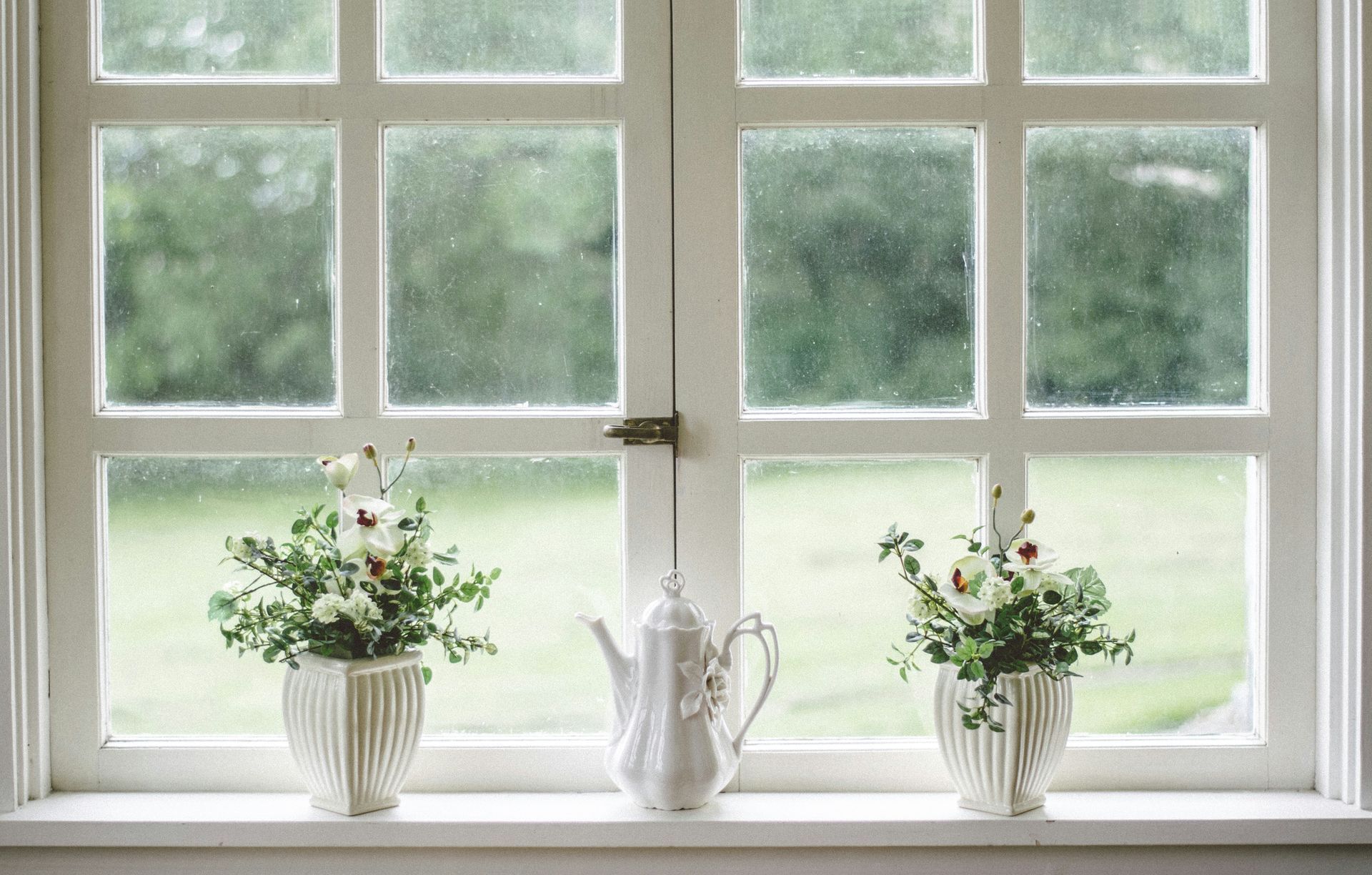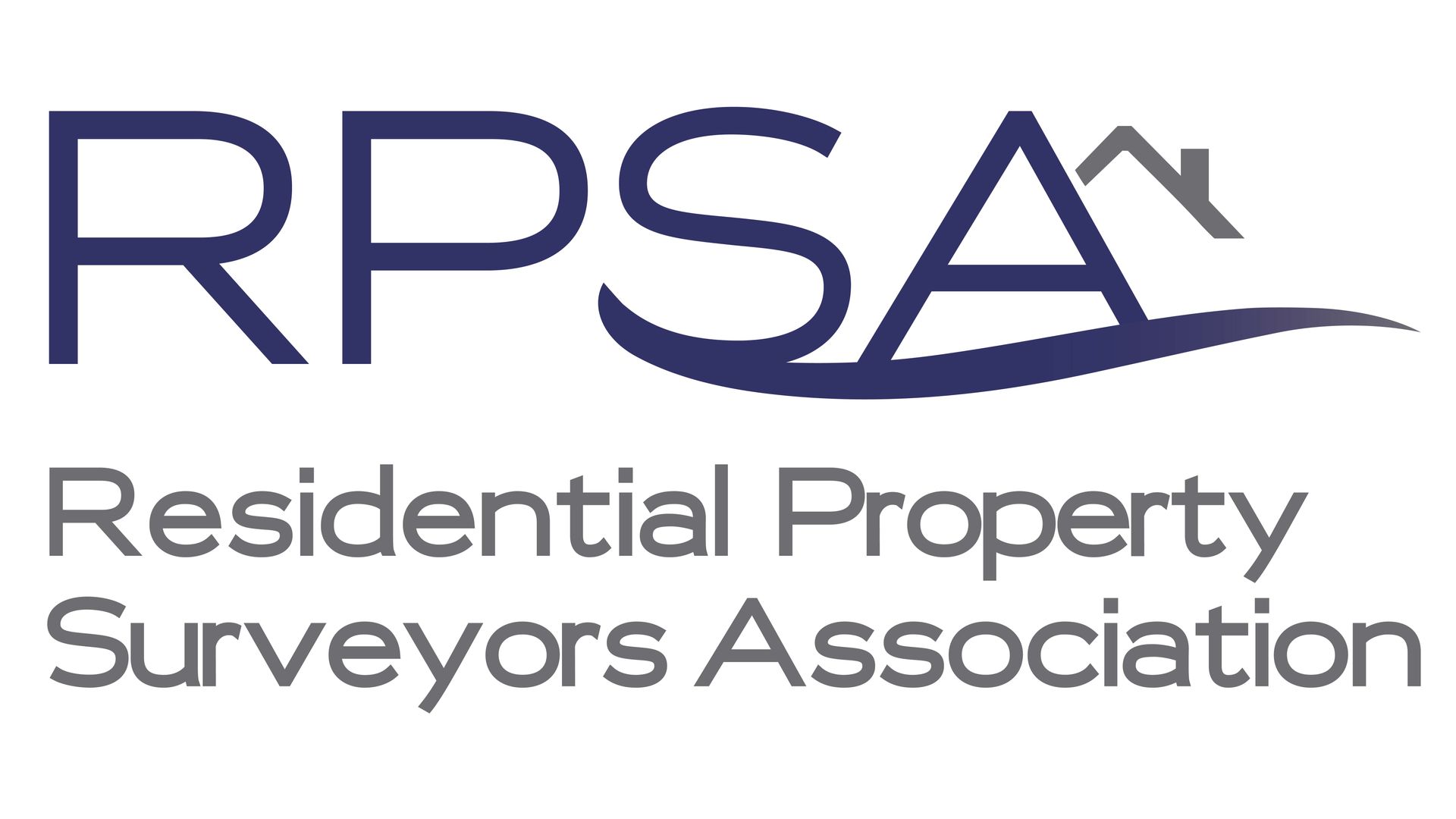Understanding Asbestos: The Silent Killer in Your Home
Asbestos might seem like a dry subject, but it’s crucial to understand its risks to ensure the safety of you and your family. Known within the medical industry for its detrimental impacts on health, asbestos has been a silent killer, and despite its ban in the UK since 1999, it still lurks in many properties built before that year.
What is Asbestos and Why is it Dangerous?
Asbestos refers to six naturally occurring fibrous minerals known for their heat resistance, strength, and insulating properties. These features made asbestos a popular material in construction and manufacturing. However, the danger lies in the tiny fibres that can become airborne and inhaled, leading to severe health issues such as lung disease, asbestosis, and cancers, including mesothelioma.
Common Places You Might Find Asbestos
Even though asbestos has been banned, many older buildings still contain materials made with asbestos. Some common places you might find asbestos in your home include:
- Artex coatings: Used for decorative wall and ceiling finishes.
- Fiberboard: Often found in ceilings and walls.
- External fascia boards: Older versions might be made of asbestos cement rather than UPVC or timber.
- Toilet cisterns and drainage pipes: Particularly those installed between the 1950s and 1970s.
Why Professional Inspection is Crucial
If your property was built before 1999, it’s essential to have it inspected by an asbestos professional before undertaking any renovations. Asbestos fibres are only harmful when disturbed, so knowing where it is can help you avoid unintentional exposure. A trained inspector can identify asbestos-containing materials and recommend safe handling or removal procedures.
Health Risks Associated with Asbestos
When asbestos fibres are disturbed and become airborne, they can be inhaled and cause severe health problems. These fibres act like tiny hooks in your lungs, leading to:
- Breathing difficulties
- Lung tissue damage
- Cancers, including mesothelioma and lung cancer
The risk is especially high for DIY enthusiasts and contractors who might unknowingly disturb asbestos-containing materials. Therefore, proper identification and safety measures are vital.
Personal Note: The Real Impact of Asbestos Exposure
On a personal level, I’ve witnessed the devastating effects of asbestos exposure. A close family member suffered from asbestos-related lung disease and ultimately passed away. This personal loss underscores the importance of awareness and safety when dealing with potential asbestos in any property.
What to Do if You Suspect Asbestos
If you think your home might contain asbestos, here are the steps to take:
- Avoid disturbing the material: Do not drill, cut, or sand materials you suspect contain asbestos.
- Hire an asbestos surveyor: A professional can take samples and determine if asbestos is present.
- Use licensed removal firms: Depending on the type and amount of asbestos, licensed professionals should handle its removal to ensure safety.
Cost and Disposal of Asbestos
Removing asbestos can be expensive due to the safety measures required and the decreasing number of disposal facilities. If you’re planning to renovate or purchase an older property, factor in the potential costs of asbestos removal to avoid unexpected expenses.
Conclusion
Understanding the risks and proper handling of asbestos is crucial for the health and safety of everyone in your home. We’ve covered the basics here, but the subject is complex and detailed. For more in-depth information, listen to our podcast episode all about asbestos.
Stay safe and stay informed. Your home, your health, your future – it all starts here.










